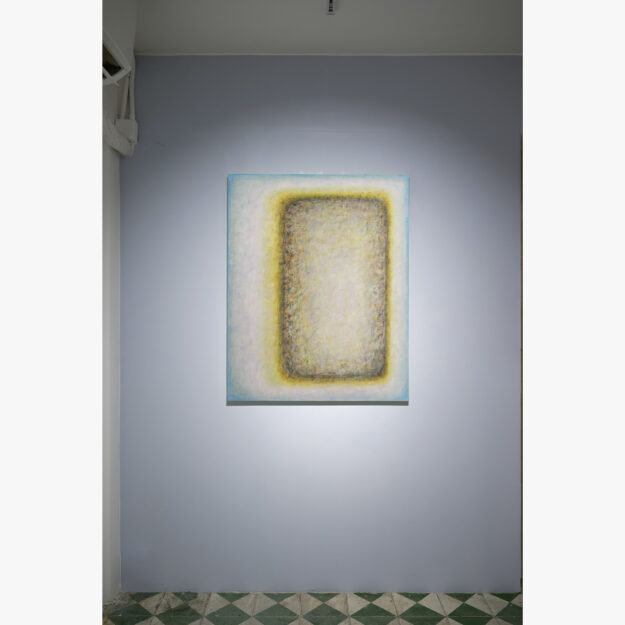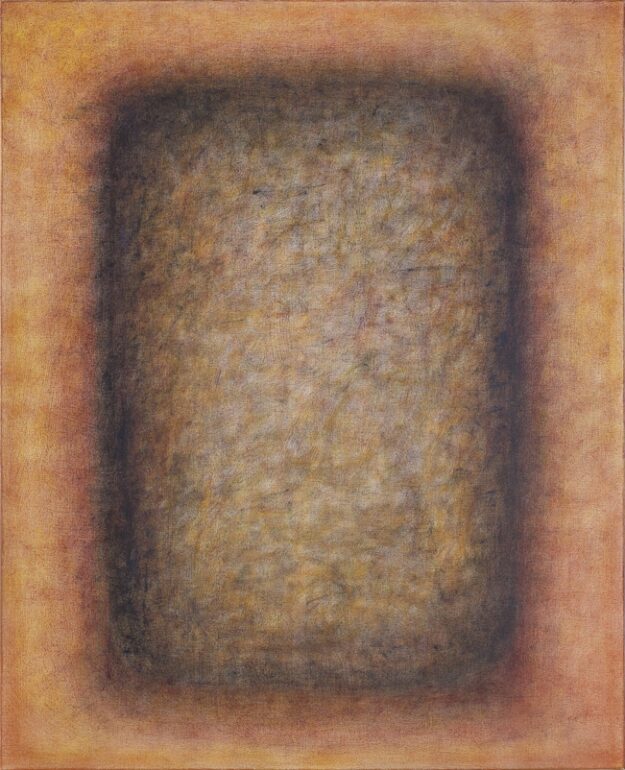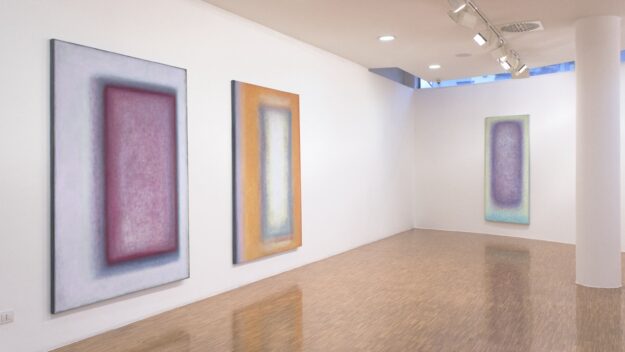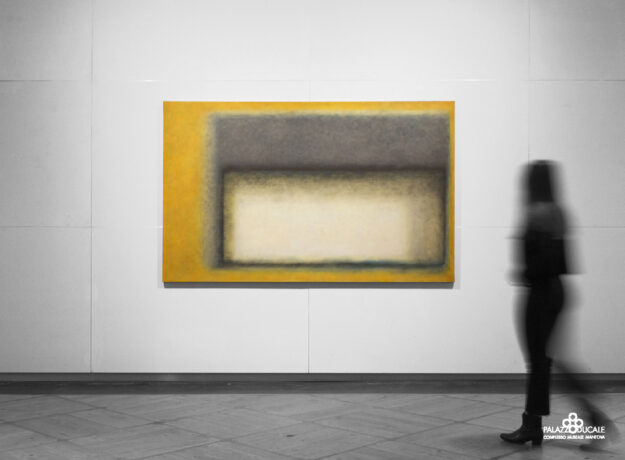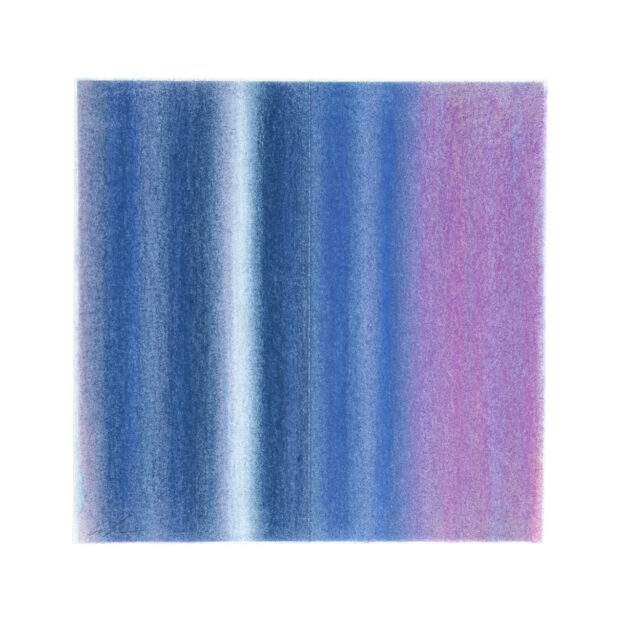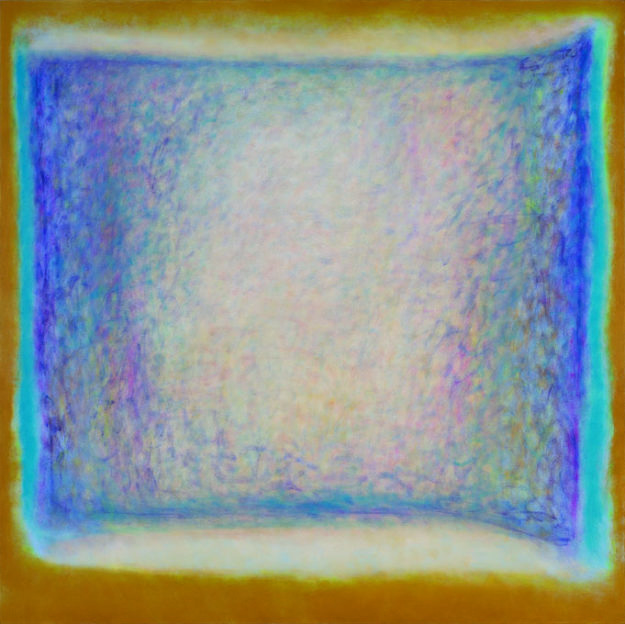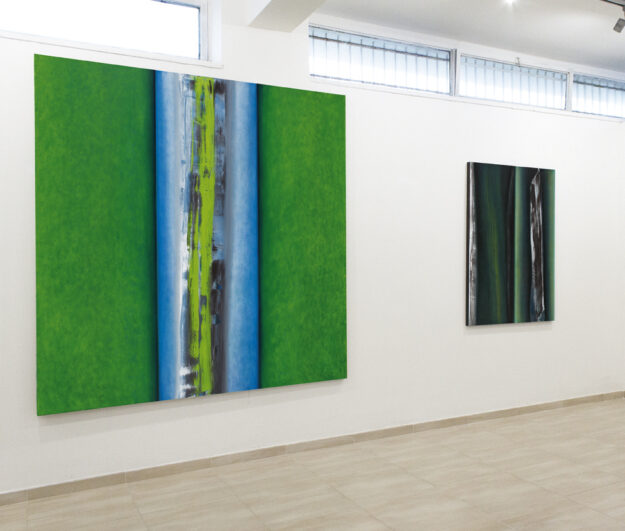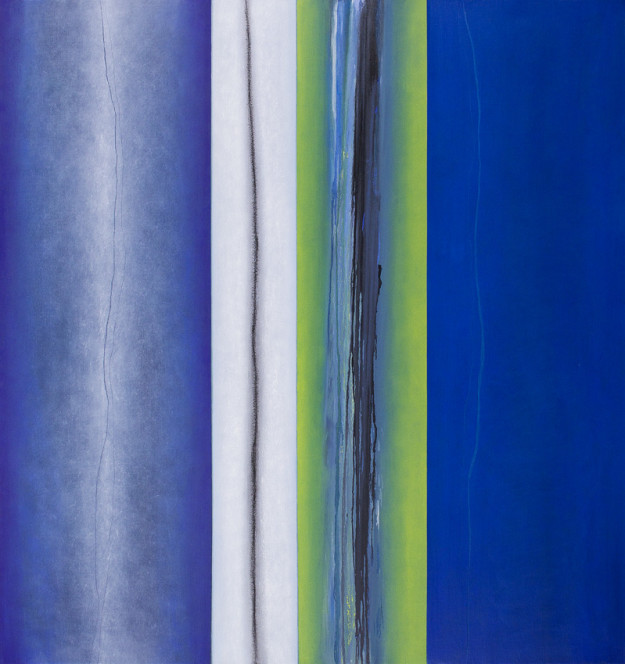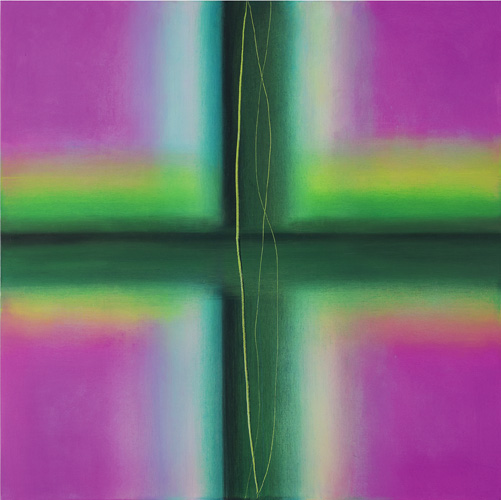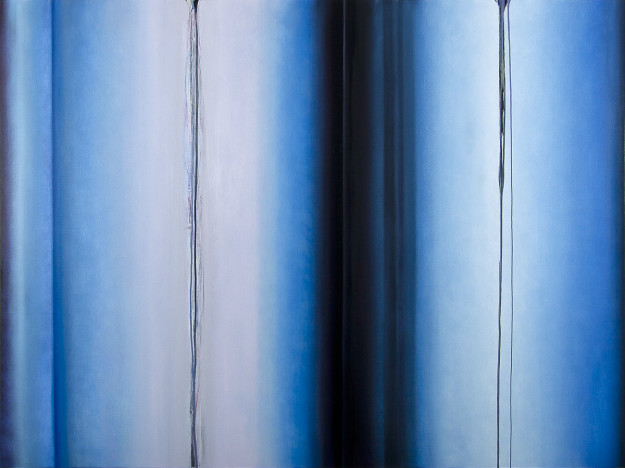Marco Meneguzzo
ARS GRATIA ARTIS
In an era where even in art the main purpose is to strike the eye with immediately astonishing images, it may seem strange that there are artists who ask their interlocutor to slow down, pay attention, depth, constancy, intellectual participation, visual intelligence, and contemplation. Yet they exist, they are not few, and almost all of them practice some form of abstraction, a term that can range from the most hermetic conceptualism to the more traditional pictorial abstractionism, as it came to be specified during the first seventy years of the twentieth century. Raffaele Cioffi is among the latter.
